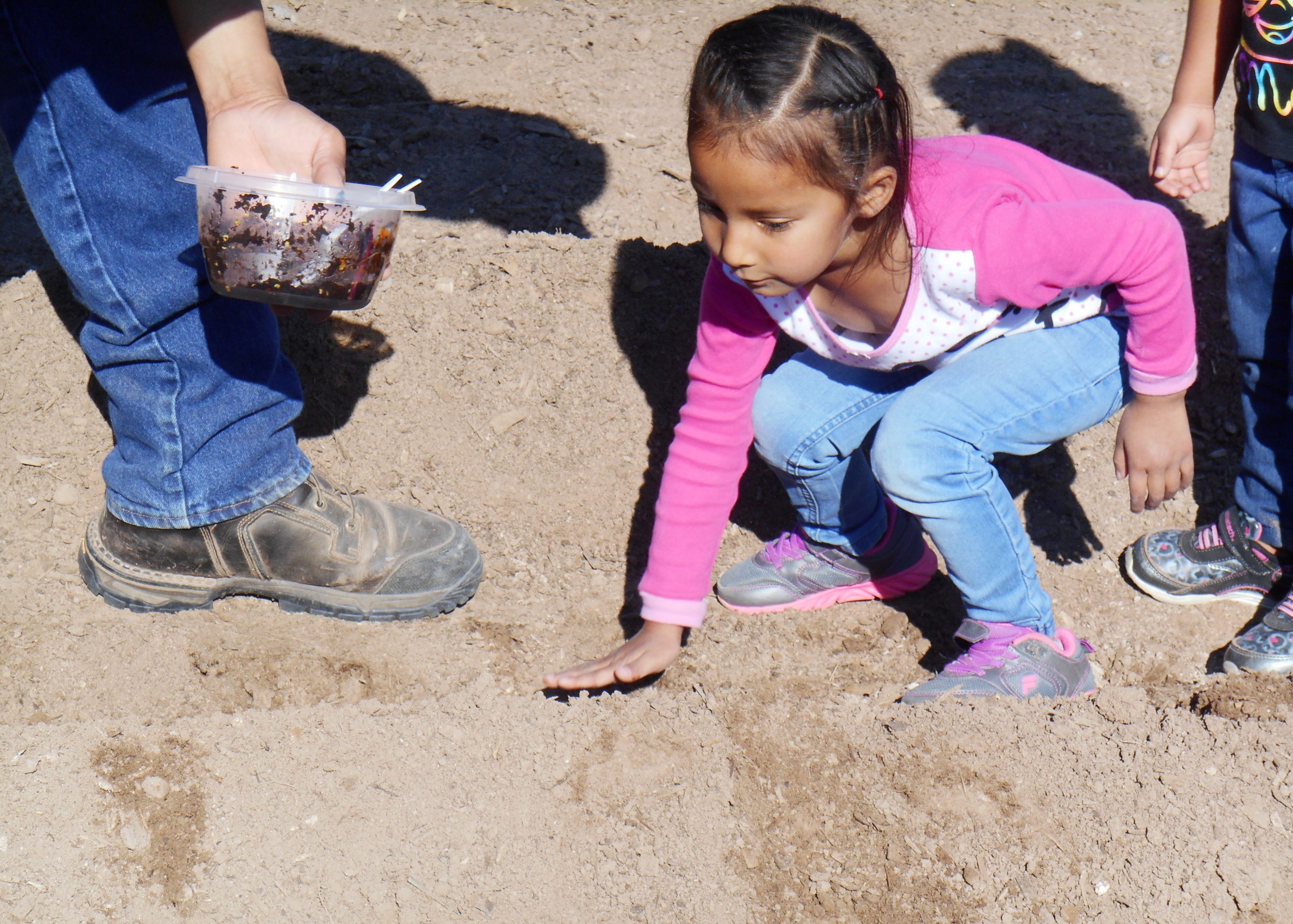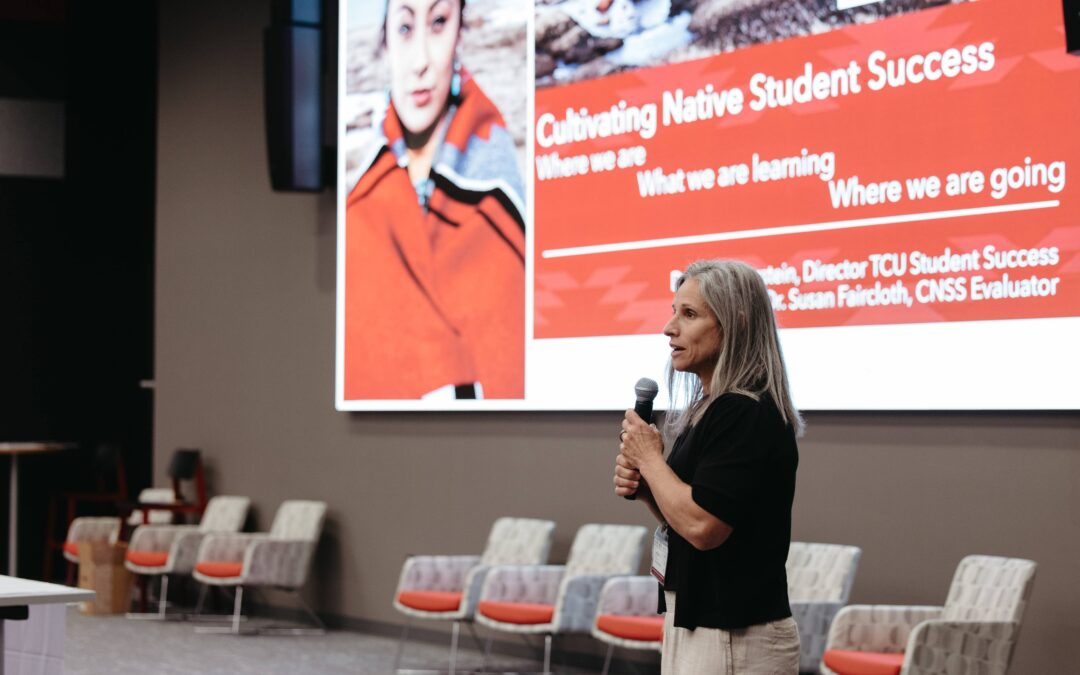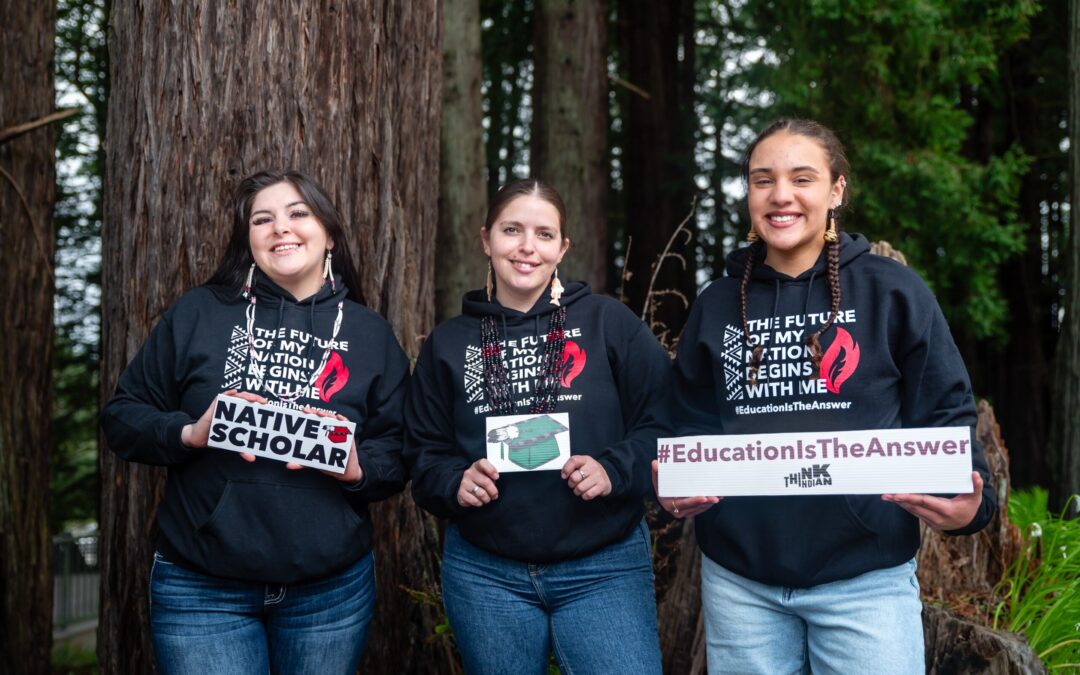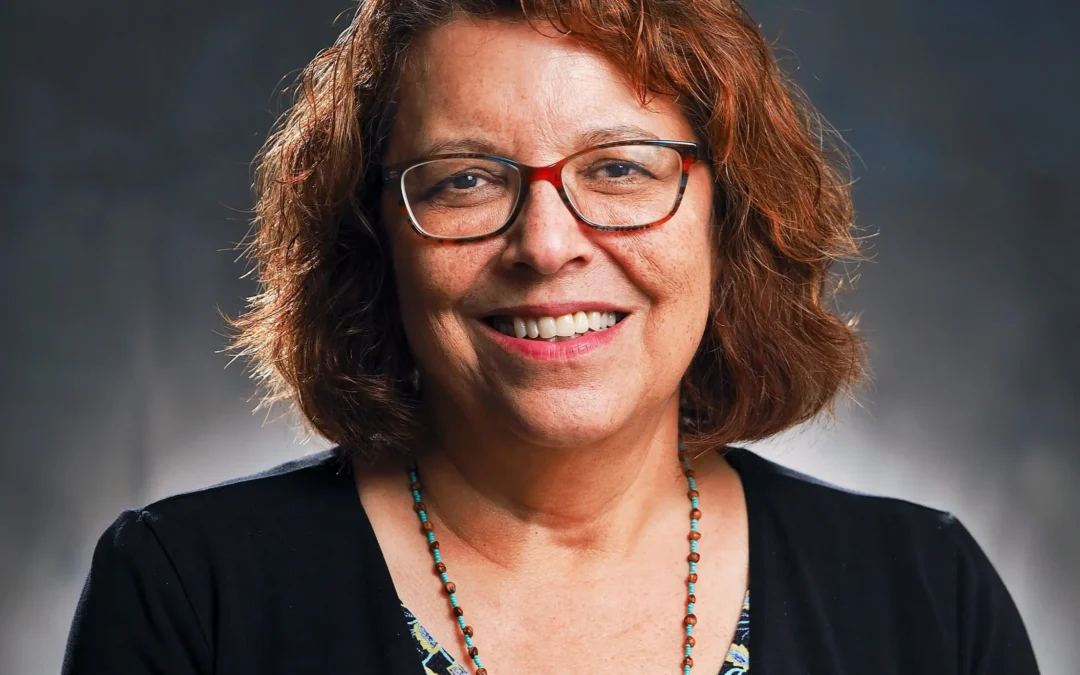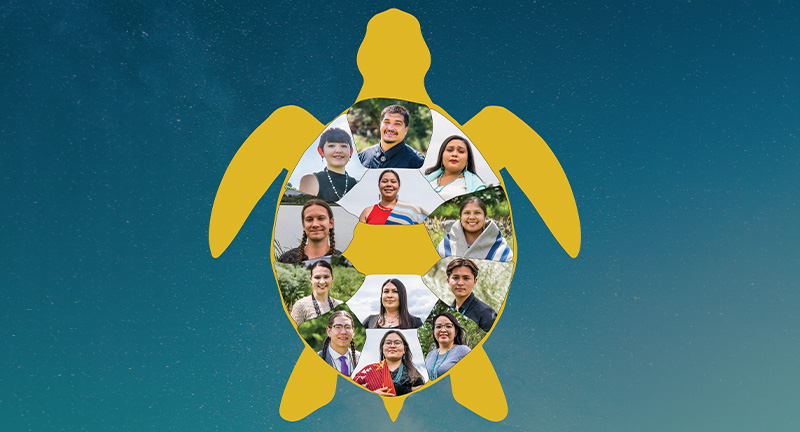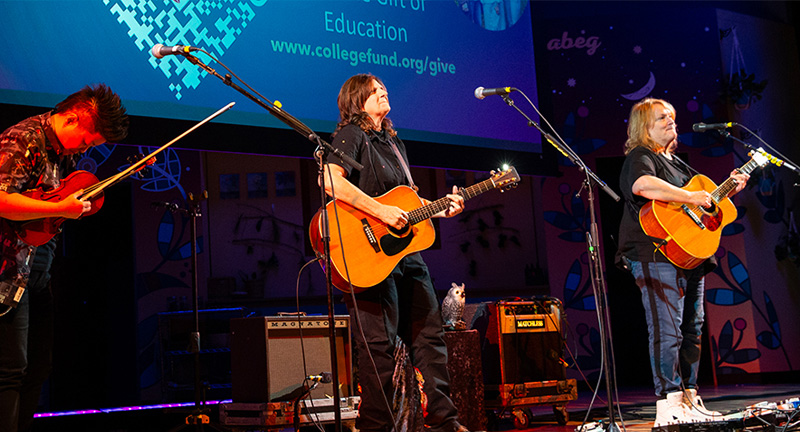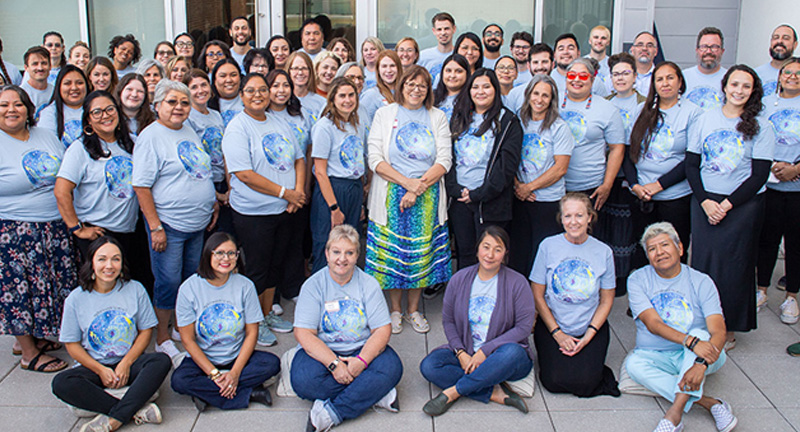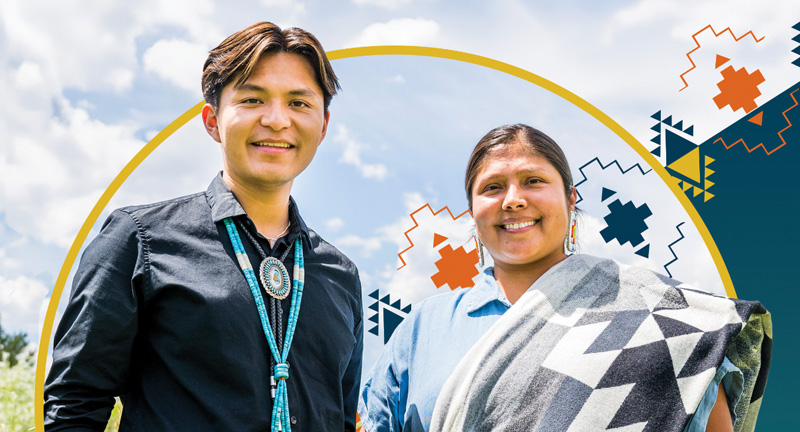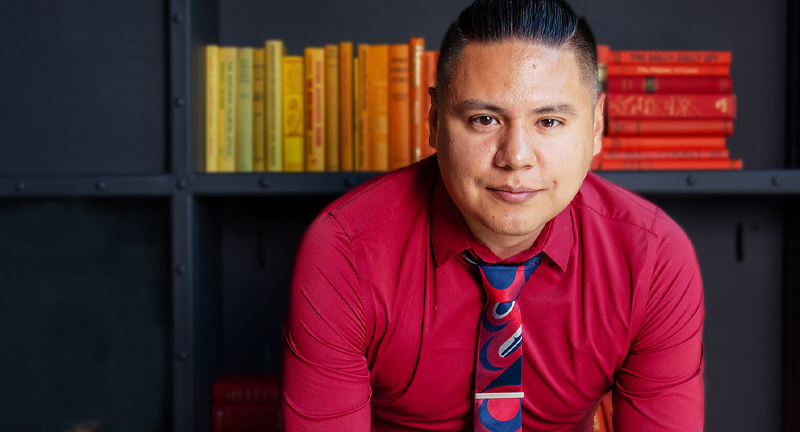Grotto Foundation Grants $25,000 to Revitalize Lakota Language in Early Childhood
February 17, 2016

Sitting Bull College outside of Ft. Yates, North Dakota
By the next century, nearly half of the roughly 6,000 languages spoken on Earth will disappear, according to estimates by the United Nations Educational, Scientific, and Cultural Organization (UNESCO). Of those languages, in North America 54 Native American languages are already extinct and another 137 are in various degree of being endangered. Yet the positive benefits of speaking one’s native language include better academic performance, self-identity, mental and physical health, and more.
The American Indian College Fund, the largest American Indian education non-profit in the country, is committed to language and cultural preservation in the Native communities it serves. The College Fund has received a $25,000 grant from the Grotto Foundation to work to preserve the Lakota language and culture through an early childhood education project at a tribal college. Sitting Bull College, serving the Standing Rock Reservation in North Dakota, launched the project in January 2016, which provides programming and services to approximately 30 families.
This innovative program is developing a scope and sequence of pre-Kindergarten language immersion curriculum, and is designed to improve family engagement strategies in language learning, create an early learning language assessment system, and strengthen the instructional knowledge and skills of Lakota immersion language teachers. The program focuses on early learners and will build on a year-long collaboration to create and launch a long-term, sustainable plan for Lakota language and culture revitalization.
Sonja Moore, Executive Director of Grotto Foundation, said, “Grotto Foundation is pleased to support this important project which will help to preserve and revitalize the Lakota language at Standing Rock Reservation. Immersion programs have shown to be quite successful, especially when used with young children. We believe the immersion program, in addition to programming aimed at strengthening the skills of the immersion language teachers, will have a positive impact on language and culture preservation at Sitting Bull College.”
Cheryl Crazy Bull, President and CEO of the American Indian College Fund, said, “We are deeply appreciative of the commitment of the Grotto Foundation to the restoration of indigenous languages, especially as recent educational research confirms that Native language acquisition and cultural knowledge improves the well-being of children and increases their educational attainment. The children who benefit from this generous gift are the future leaders of their tribes.”
Download the press release here (155 KB)

